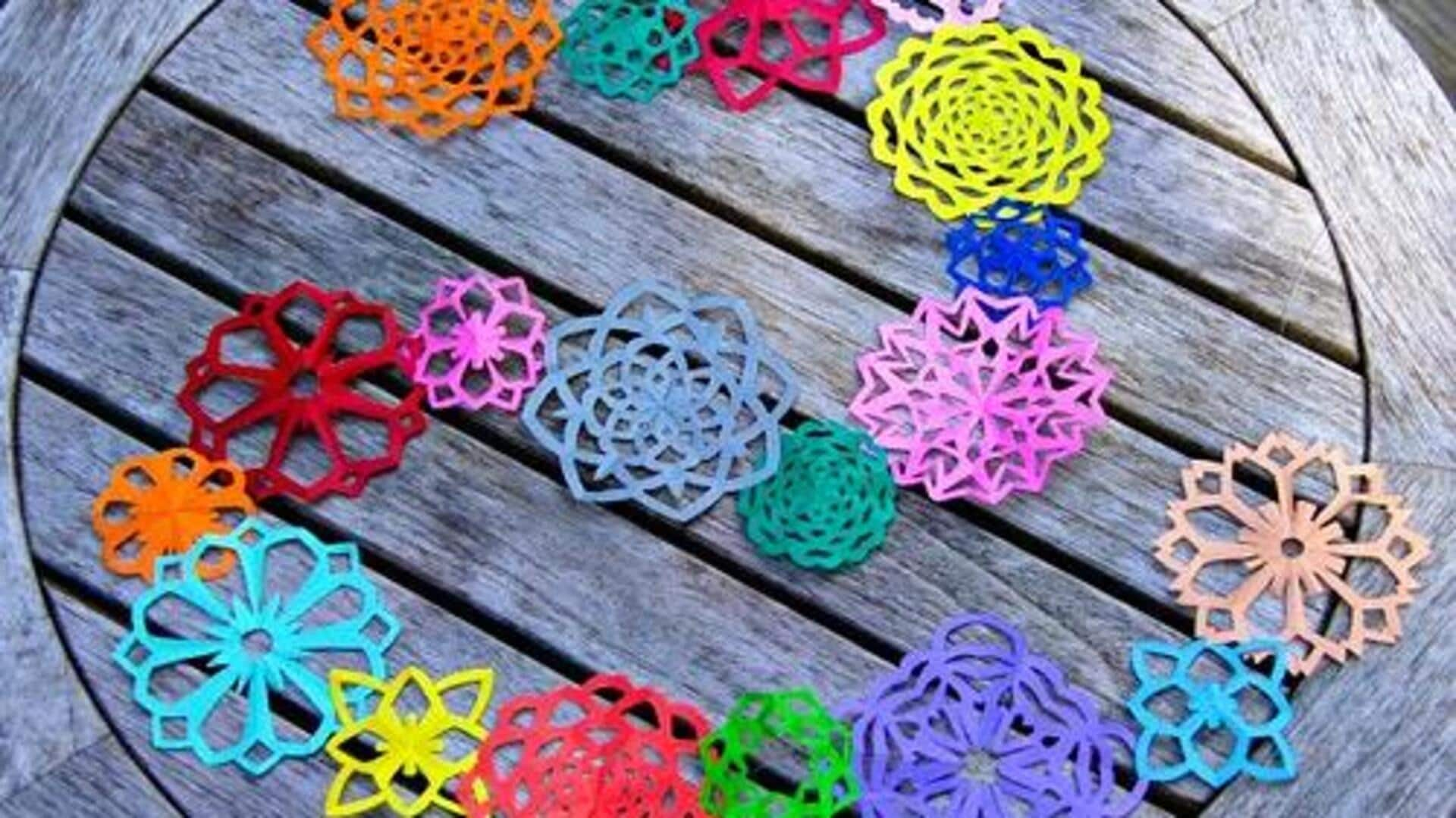
Kirigami: An intricate art of paper cutting
What's the story
Kirigami, a traditional Japanese art form, is all about the delicate process of paper cutting to create intricate designs. Unlike the folding-focused origami, kirigami uses both cutting and folding techniques. The art has gained popularity for the way it transforms simple sheets of paper into complex, beautiful structures. From decorative pieces to functional items, kirigami has endless possibilities to offer for creativity and expression.
#1
The origins of kirigami
Kirigami originated in Japan centuries ago as a ceremonial practice. From being used in religious rituals, it gradually evolved into an artistic pursuit. The term "kirigami" comes from the Japanese words "kiru," meaning "to cut," and "kami," meaning "paper." Over the years, this craft spread beyond Japan's borders, becoming appreciated worldwide for its aesthetic appeal and cultural significance.
#2
Tools required for kirigami
To practice kirigami, certain tools are essential. A sharp pair of scissors or a precision knife is crucial for clean cuts. Also, a cutting mat gives a safe surface to work on while protecting tables from damage. For intricate designs, tweezers can come in handy in handling small paper pieces with precision. These basic tools enable artists to explore various patterns and techniques in their creations.
#3
Techniques involved in kirigami
Kirigami involves several techniques that contribute to its unique charm. Basic folds lay the foundation for more complex designs by creating symmetry and structure within the artwork. Cutting along specific lines allows artists to reveal hidden shapes when unfolded carefully—a hallmark feature distinguishing kirigami from other forms like origami. Mastery over these techniques enables practitioners not only to replicate existing patterns but also to innovate new ones.
Tip 1
Applications of Kiragimi today
Today's apps go way beyond conventional usage; they span across the likes of architecture, fashion design, and even engineering. Architects use kiragami principles when creating collapsible structures or lightweight frameworks thanks to their natural strength-to-weight ratio benefits. Fashion designers add intricate cut-out patterns into garments, bringing elegance without losing functionality. Engineers use similar concepts creating foldable solar panels, optimizing efficiency by being compact during transit stages before installation at renewable energy-dependent sites.